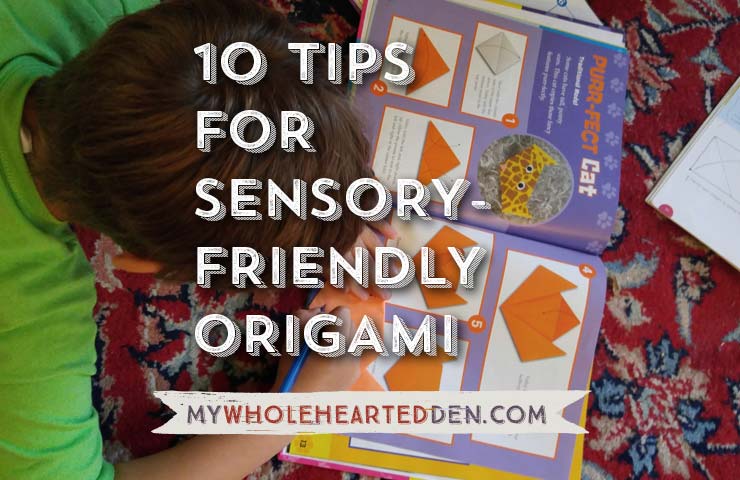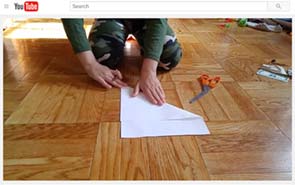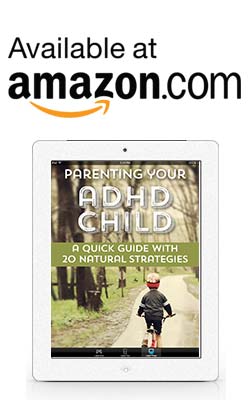|
As you know, origami is a beautiful Japanese paper art tradition. It’s also a multi-sensory activity, involving hand-eye coordination, bilateral coordination (using both hands is so important!), patience, sequentiality, focus, detailed instructions, and the magic of turning a two-dimensional object into a three-dimensional one. So, my ADHD/SPD kid has taken on origami this past month, inspired by an Around the World unit at school. Like many ADHD children, he has laser-sharp focus when he’s interested in something, but the addition of Sensory Processing Disorder, along with delays in fine motor skills and visual perception to the mix, caused him to literally fight with his body to accomplish an origami project. There were tears. There were screams. There was howling. Um, let’s take a collective breath and dig in, shall we? Here are some tips that can help kiddos that desperately want to engage in this awesome activity:
How about you? Let me know if you have additional tips for origami fans! Please keep your feedback respectful and thoughtful. Only constructive comments and criticism are allowed. This is a safe and encouraging environment. If you find an error, please kindly email me with a correction and I’ll be happy to rectify.
0 Comments
Your comment will be posted after it is approved.
Leave a Reply. |
Nice to e-meet you!I'm a single mom, graphic designer, crunchy mama, trekkie geek, life warrior. It's embarrassing how excited I get about food. I'm an expert in barefoot Lego fire walk. Note: If you arrived here via a broken link, please note I had to rebuild this site due to my previous hosting company crashing. Not all blog posts were salvaged.
CATEGORIES
All
INSTAGRAM FEED
ARCHIVES
January 2019
|





 RSS Feed
RSS Feed
